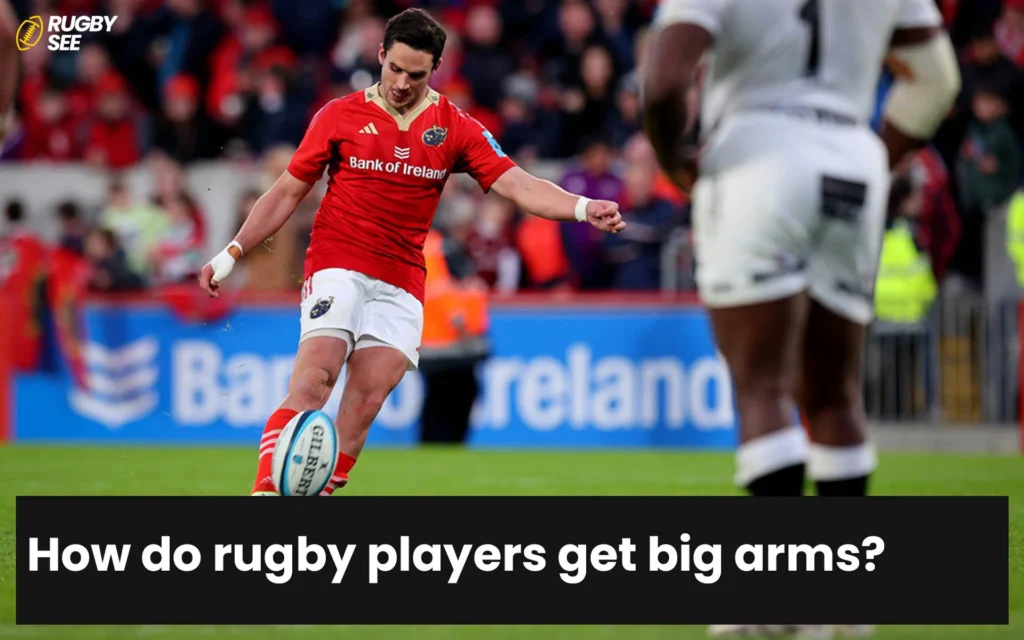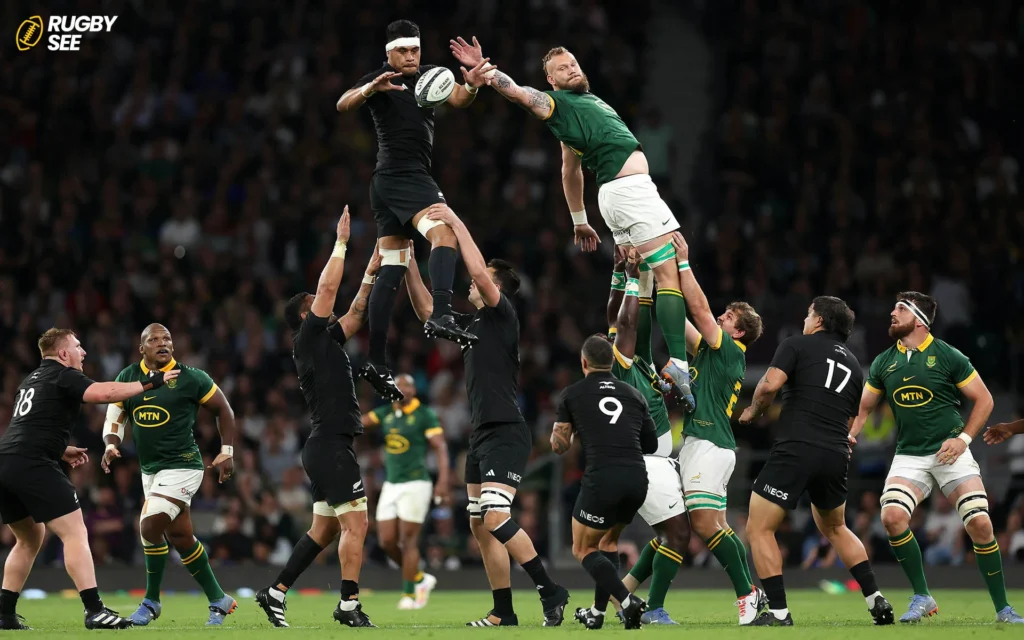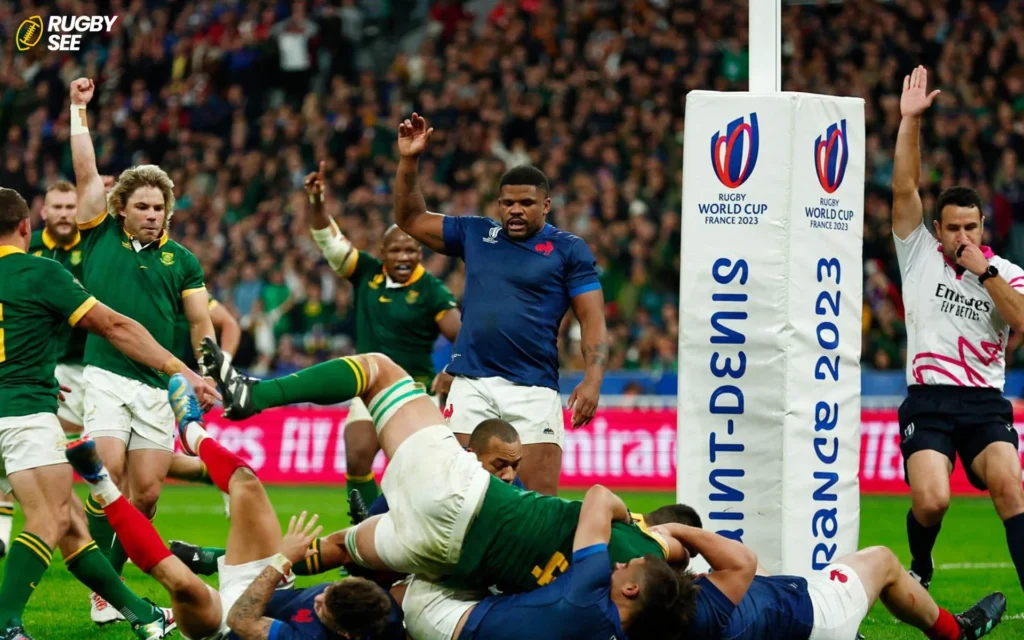Rugby is a sport that demands not just skill and speed, but also significant physical strength and endurance. One of the most noticeable features of many top rugby players is their large, powerful arms. This physical trait is not just for show; big arms provide players with the ability to fend off opponents, control the ball, and engage effectively in tackles. So, how do rugby players achieve such impressive arm development? Here’s an in-depth look at the techniques and training regimes that contribute to their muscular arms.
1. Specific Strength Training
The foundation of a rugby player’s arm size is a solid strength training program. Strength training for rugby focuses on building both the size and strength of the muscles, particularly those in the upper body.
- Compound Exercises: Rugby players often engage in compound exercises that work multiple muscle groups at once. Exercises like bench presses, overhead presses, and rows are staples in their routines because they target not only the arms but also the shoulders and chest, providing overall upper body strength.
- Isolation Movements: To specifically enhance arm size, players also include isolation exercises in their training. Bicep curls, tricep extensions, and wrist curls help in fine-tuning the arm muscles, focusing on hypertrophy (muscle growth).
2. High-Intensity Functional Training
Rugby training often involves high-intensity functional movements that mimic the actions performed during a game. This type of training not only improves overall fitness but also enhances muscle endurance and size and if you want to know about Haka in New Zealand read Is haka Australian or New Zealand.

- Circuit Training: Incorporating circuit training with little to no rest between exercises ensures that the muscles are worked to their full potential, promoting growth and endurance.
- Plyometrics: Exercises like medicine ball throws and plyometric push-ups help develop explosive power, which contributes to both the size and functionality of the muscles in the arms.
3. Nutritional Strategies
Proper nutrition is crucial for muscle growth. Rugby players follow specific dietary protocols to ensure they are fueling their bodies appropriately to support muscle development and recovery.
- Protein Intake: A high-protein diet is essential for muscle repair and growth. Players often consume protein supplements in addition to their meals to meet their daily requirements.
- Caloric Surplus: To build muscle, players must consume more calories than they burn. This caloric surplus provides the energy needed for intense training and aids in muscle recovery and growth.

4. Recovery Techniques
Recovery is as important as the training itself. Without proper rest and recovery techniques, the risk of injury increases, and muscle development can stagnate.
- Rest Days: Scheduled rest days are vital to allow muscles to recover and grow. Overtraining can lead to injuries and setbacks.
- Sleep: Adequate sleep is crucial for muscle recovery. Rugby players are encouraged to get at least 7-9 hours of sleep per night to support optimal muscle growth.
5. Consistency and Professional Guidance
Consistency in training and adherence to a routine under professional guidance helps rugby players progressively increase their arm size and strength and if you want to know about Fun positions in Rugby read most fun position in rugby.
- Regular Training Sessions: Consistent workouts, without long breaks, ensure continuous muscle stimulation, which is necessary for growth.
- Coaching and Monitoring: Professional rugby players work with coaches and trainers who tailor their programs to optimize growth and performance, adjusting routines as necessary to maximize results.

Getting big arms as a rugby player involves a combination of targeted strength training, functional workouts, strategic nutrition, diligent recovery, and consistent effort under professional guidance. This multifaceted approach not only enhances arm size but also improves overall athletic performance, making it essential for success on the rugby field. Whether you’re an aspiring player or just looking to improve your fitness, these strategies can help you develop stronger, more muscular arms.










